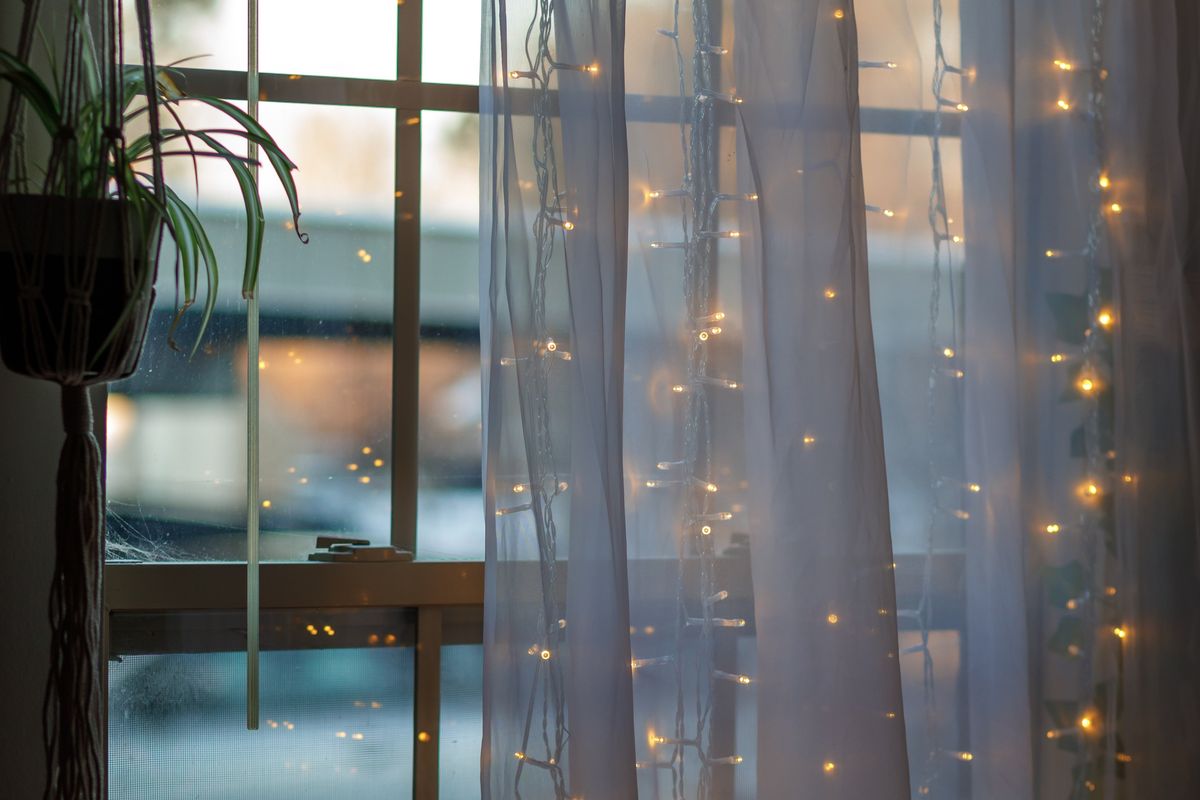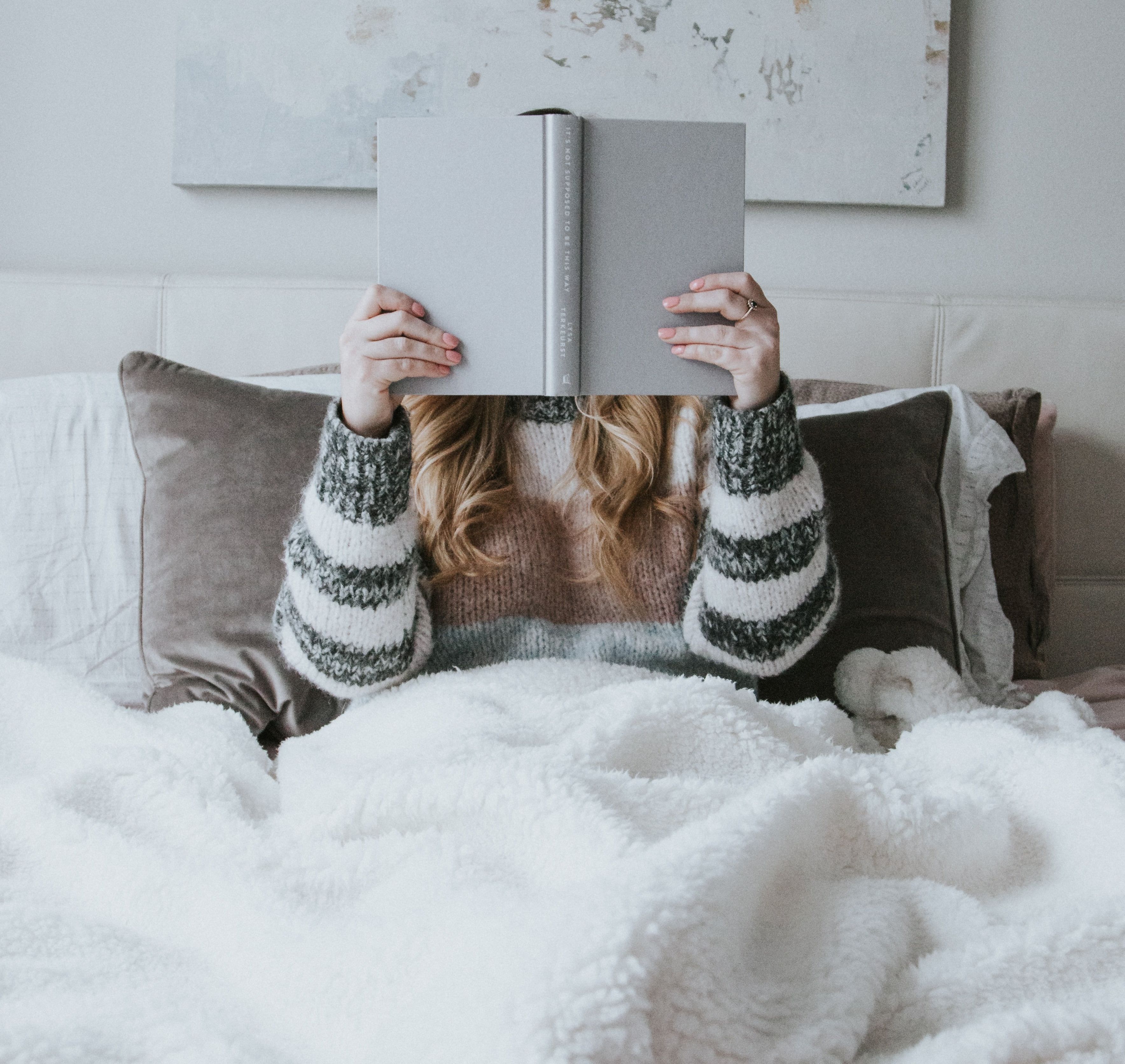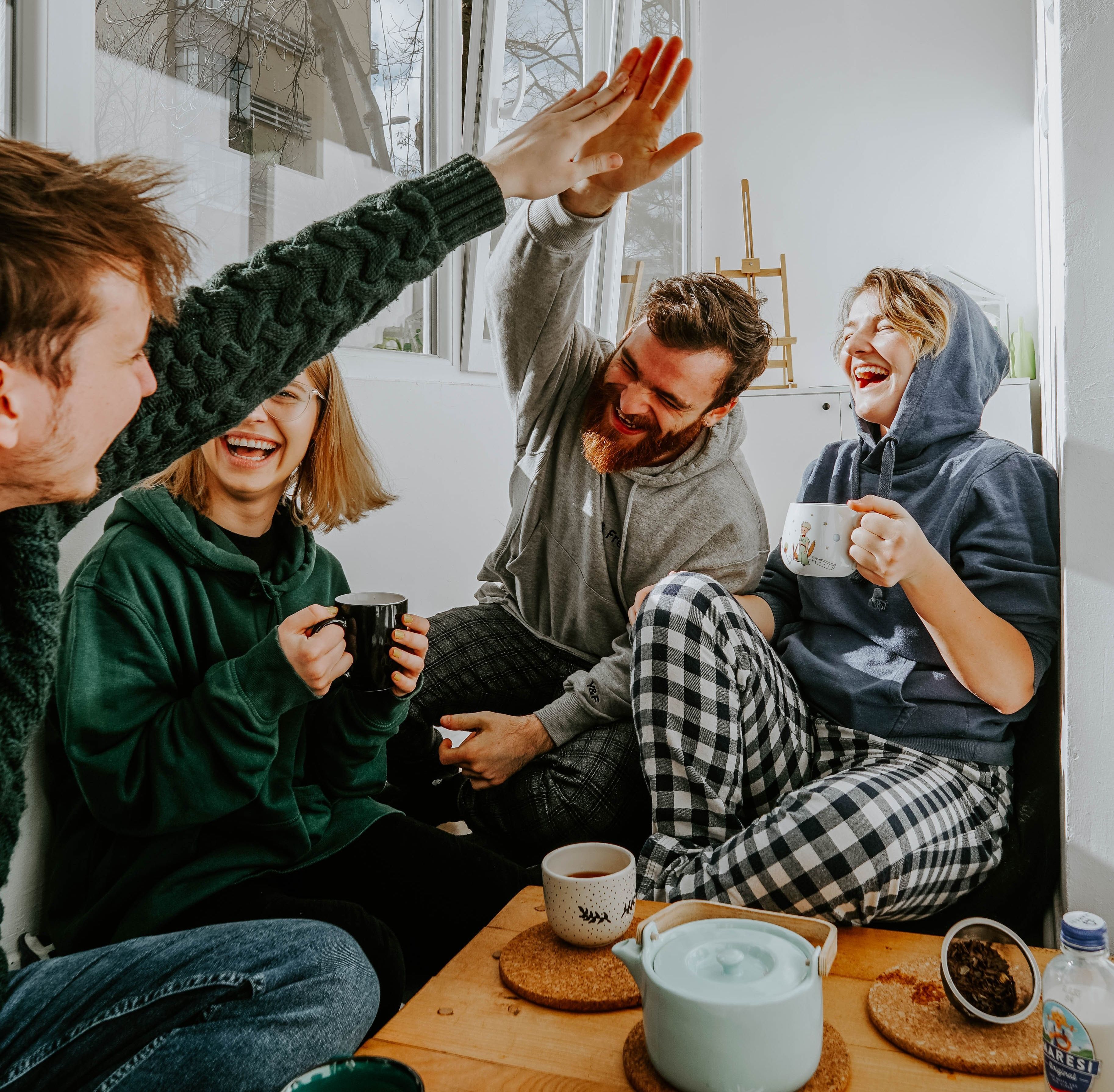7 practical tips for creating more hygge in your home
Embrace the winter season with cozy comfort and connection, Denmark-style.

Hygge is an aesthetic, an atmosphere and an experience all at once.
As an Amazon Associate, Upworthy may earn proceeds from items purchased that are linked to this article, at no additional cost to you.
Some people love everything about winter—the brisk air, the frosty trees, the long evenings. Others loathe the frigid winter months and have to be dragged through them, kicking their fur-lined snow boots all the way.
If you’re one of the latter, I’ve got bad news. Winter happens whether we like it or not—always has and always will. So rather than fight it, perhaps a better approach is to embrace it—or at least the good parts about it. Leaning into indoor warmth and playing up cozy comfort and connection make the dark, cold months much more bearable.
That’s the idea behind the Danish concept of hygge, which encourages slowing down, appreciating the simple things, and creating a warm, inviting haven of comfort in your home. Many of us have become familiar with hygge in recent years, but we may not know how to actually make it happen. There's no one right or wrong way to create hygge, but here are seven practical tips for bringing more of it into your home.
1. Maximize natural light—but also add string lights

When in doubt, add more string lights.
Photo by Shashi Chaturvedula on Unsplash
We get less sunlight in the winter, so during the day, we need to maximize whatever natural light we have. Keep curtains open and keep your windows unobstructed during the day.
Then add more light! Fairy lights/string lights/twinkle lights—whatever you prefer to call them—aren’t just for Christmas and they add so much warmth to a space, even during the day. Drape them around the windows, across the mantle, along the wall or wherever it makes sense to put them. Also, once night hits, opt for lamps instead of overhead lights, which can feel cold and harsh.
2. Introduce soft, plush textures

The fluffier and softer the better
Photo by Cole Keister on Unsplash
Plush blankets, fur pillows, throws made from sheepskin or cotton—all the things you’d want to cuddle up with add to hygge. Decor elements made out of natural materials like woven baskets, wooden accents, and textured rugs also enhance the warm hygge aesthetic.
3. Bring the outdoors indoors

Bringing in plants doesn't have to be complicated or expensive.
Photo by Sixteen Miles Out on Unsplash
We bring fresh flowers indoors in spring and summer, but often neglect to think of plants as decor in winter. But bringing the outdoors in with potted plants and boughs of greenery promotes a sense of calm and well-being. Even just some simple pinecones or sprigs of pine can add a lot to the atmosphere.
4. Embrace candles and soothing scents

Candles warm up any space immediately.
Photo by Sixteen Miles Out on Unsplash
Candles are a hygge essential, adding a warm glow and tranquility to any space. Even battery-operated flameless candles help with hygge if you aren’t able to use real candles in your space. Naturally scented candles or essential oil diffusers in soothing scents like lavender, vanilla or cinnamon can make the hygge experience multi-sensory, enhancing the calming effect.
5. Invite people over for a cozy, casual hangout

Keep company casual.
Photo by Cole Keister on Unsplash
Warmth and coziness isn’t just about decor, it’s about well-being, and a hygge atmosphere really shines when you’re connecting with people. So have a get together, but keep it simple. Invite a few friends or family members over for a cup of cocoa. Maybe play a classic board game. Bake cookies together and enjoy them. Or just sit by the fire or the candles and chat. Invite them to come in their jammies if you want. Keep it casual and cozy.
6. Create a hygge corner for yourself

Make yourself a cozy personal space all your own.
Photo by allison christine on Unsplash
“Connection” also means connecting with yourself. Designate a specific area of your home as your personal hygge haven. Maybe you create a cozy reading nook, a quiet meditation spot, or a comfy armchair by a window. Fill it with books, artwork or cherished mementos that bring you joy.
7. Indulge in self-care with simple rituals

Cozy up with your favorite cup.
Photo by allison christine on Unsplash
Again, hygge isn’t just an aesthetic; it’s an attitude of embracing simple pleasures. What basic self-care rituals can you add to your daily routine? Maybe a warm cup of tea? Reading by a fireplace? A candlelight bath? Writing in a journal? Focus on self-care activities that promote peace and well-being.
Hygge isn't about accumulating specific possessions or achieving a certain style; it's about purposefully creating an atmosphere that nurtures comfort, contentment and well-being. Winter really is easier to get through when you lean into the season, which means slowing down, comforting all of your senses and giving yourself the gift of cozy, tranquil connection with yourself or with others.
- Men are sharing the best 'unmanly' things they do that make them feel good ›
- Hey Iceland, mind if we borrow your Christmas tradition of Jólabókaflóð? ›
- How 'Wintering' has changed my perspective and improved my mental health ›
- Interior designer doesn't like family photos - Upworthy ›
- Scottish word for rest 'Hurkle-durkle' goes viral on TikTok - Upworthy ›
- How to keep a candle from tunneling around the wick - Upworthy ›
- People are dumbfounded when they learn this little known secret to burning candles correctly - Upworthy ›

